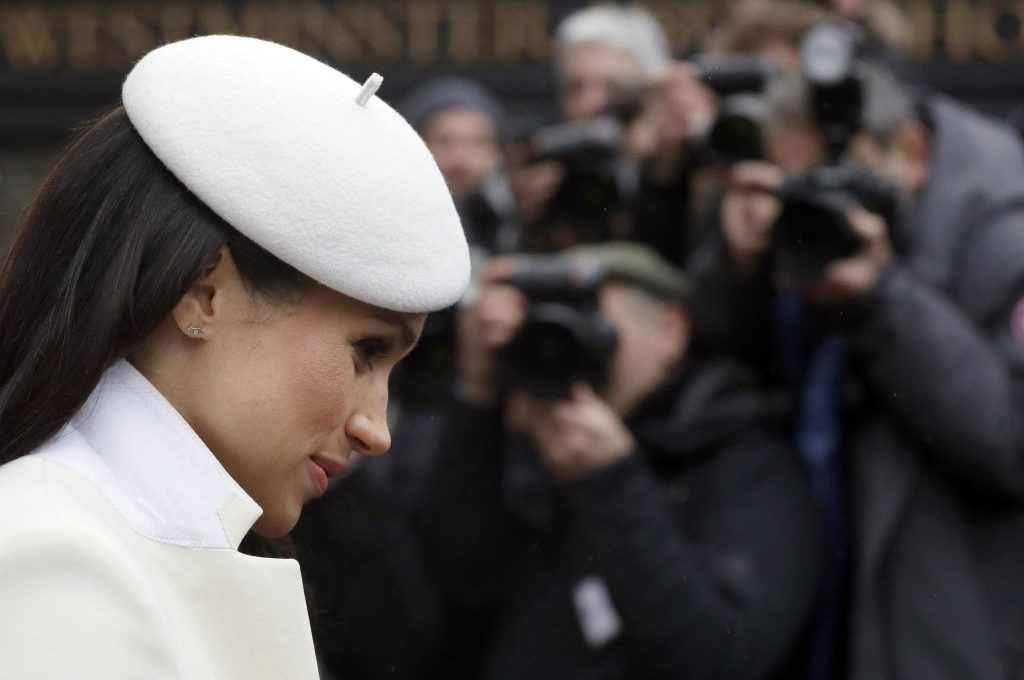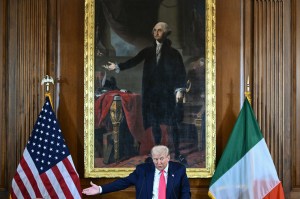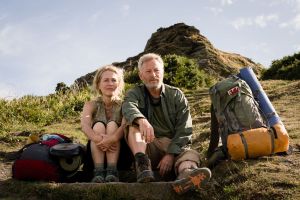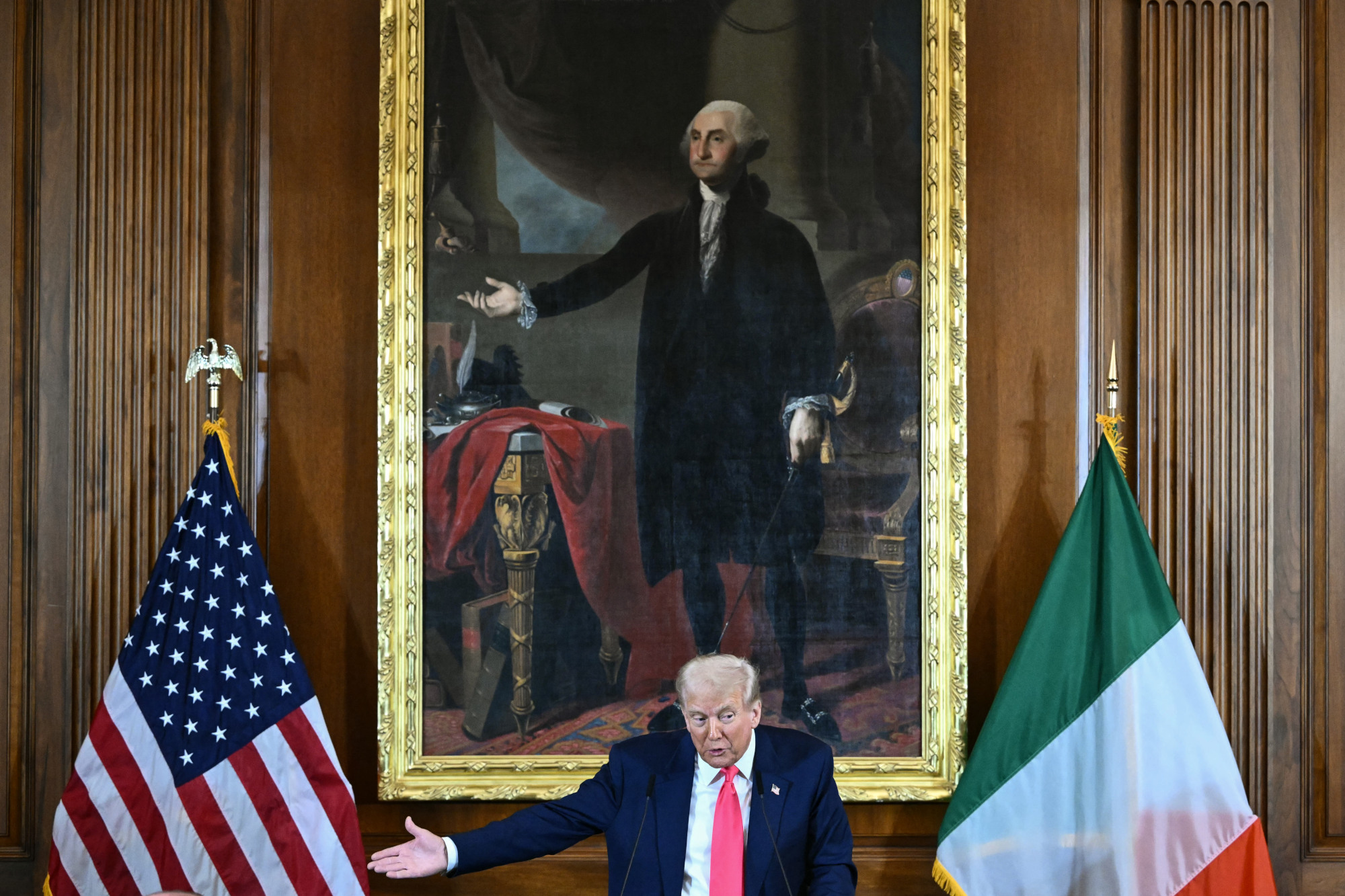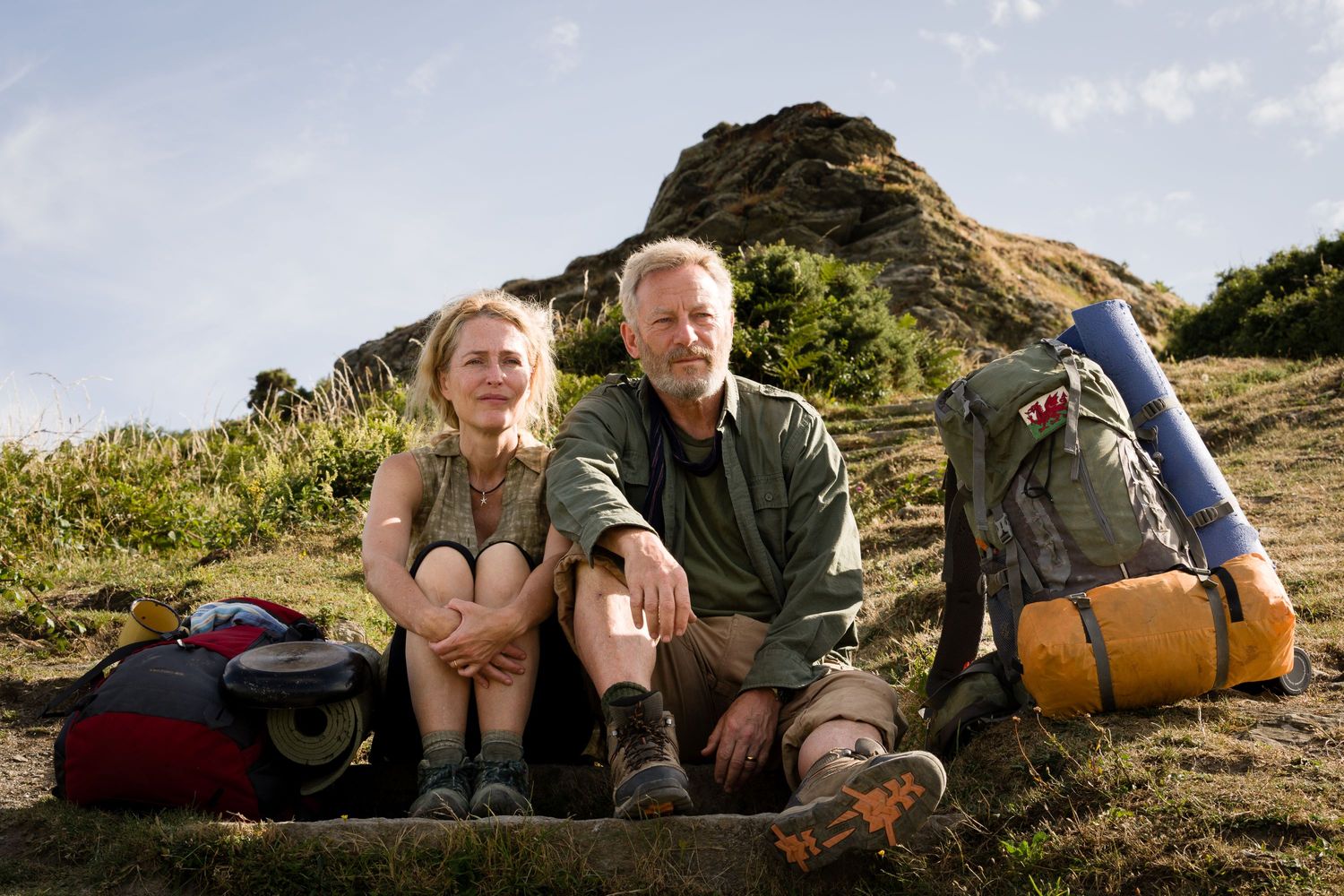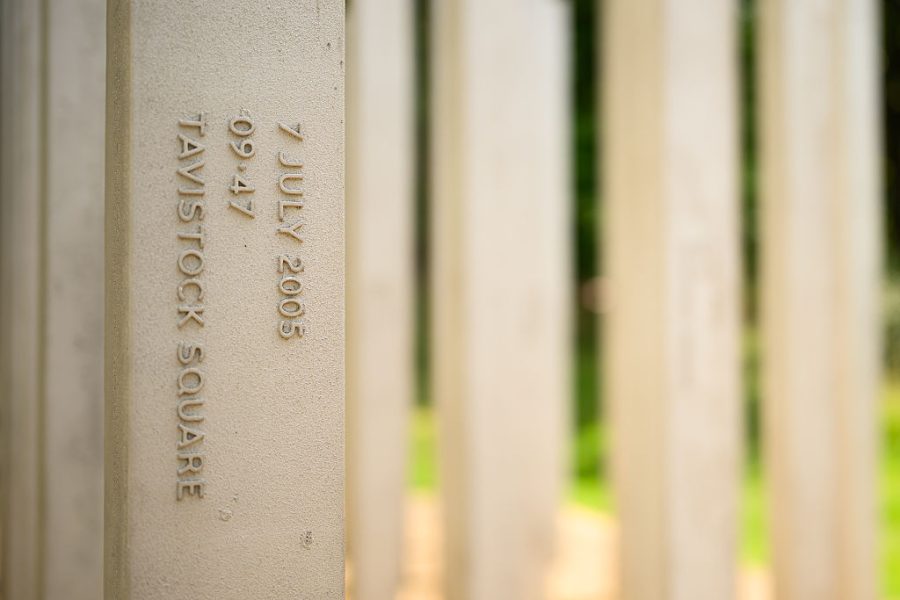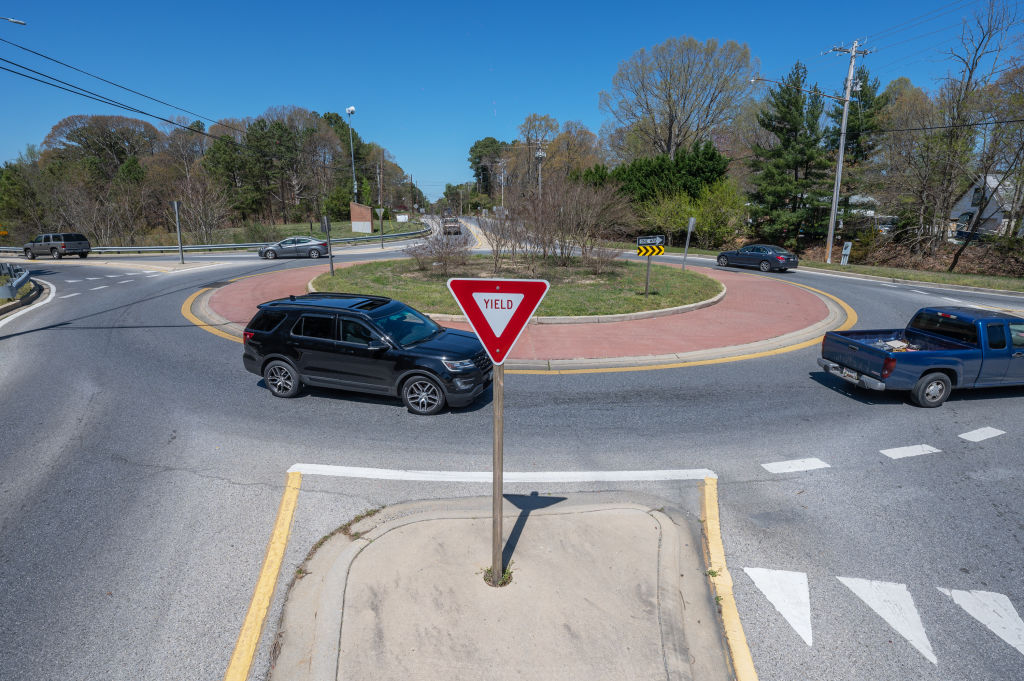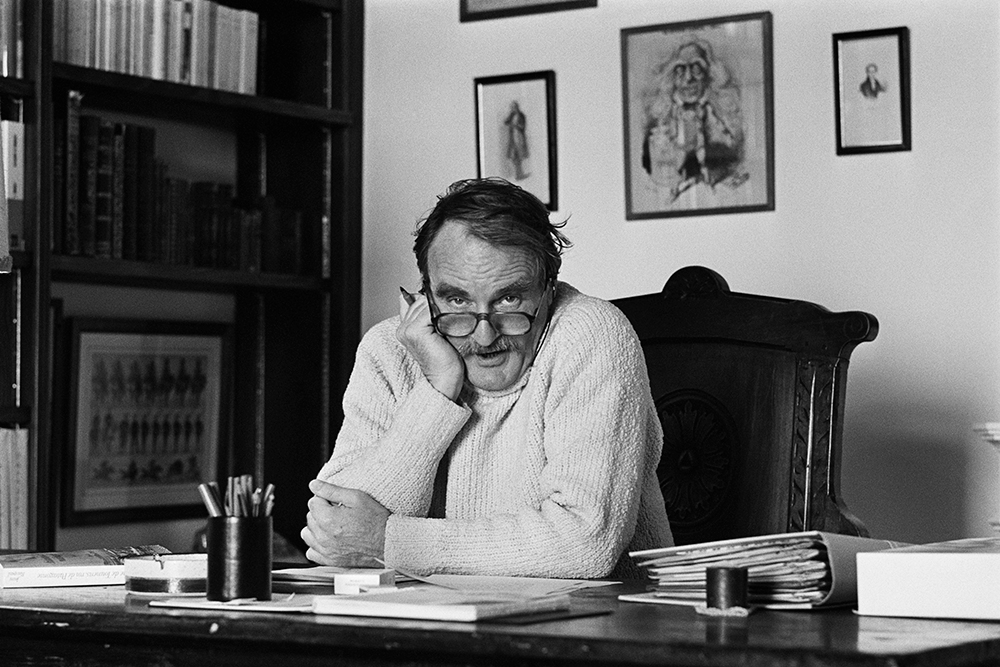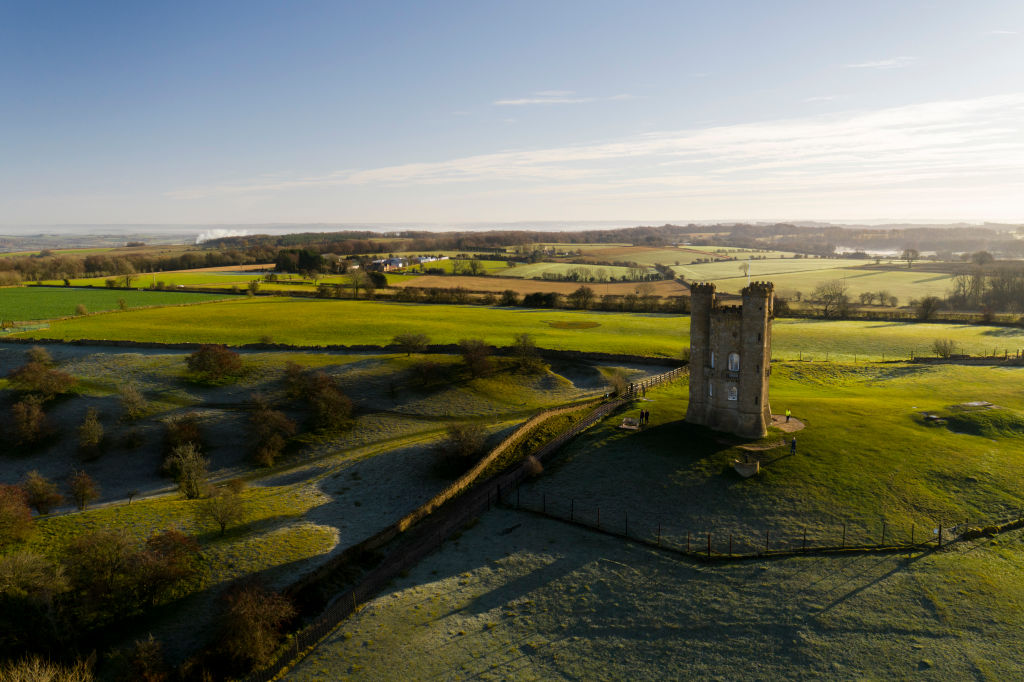I can still remember the shock of watching the news on Sunday August 31, 1997 and learning that Lady Diana had been in a car crash in Paris. The BBC’s royal reporter, Nicholas Witchell, had just confirmed that she’d died, and that five French photographers who’d been chasing her had been arrested.
My own feelings that day, though, weren’t so much for the Queen of Hearts, or the two young princes she left behind. Instead, I was preoccupied with a nagging guilt — having been part of a Fleet Street army that had hounded her round London that very summer. Or, as Prince Harry later put it, the “pack of dogs” that drove his mother to an early grave, and who were back to their old tricks this week, chasing him and Meghan around New York.
True, my own role in this sorry saga was more farce than tragedy. At the time I was a newbie reporter on Fleet Street, where the only place that would have me was a tabloid news agency. It specialized in doing jobs for the likes of the Sun, Mirror and Mail — mainly ones they didn’t want their own fingerprints on. Among these “black ops” was doorstepping celebrities and royals — including Lady Di and her then boyfriend Dodi Fayed.
This, for anyone who doesn’t remember, was the mother of all celebrity romance stories. Thus reporters and photographers were despatched to loiter for days on end outside Dodi Fayed’s apartments behind the Dorchester Hotel on Park Lane.
Compared to some of the “doorsteps” my agency did, where we’d be outside the homes of murder victims’ families — and sometimes the suspects too — this was quite a cushy number. Rather than a grim housing estate full of people telling us to fuck off, we were on a genteel Mayfair side street. And all we had to do was watch the entrance to the Dorchester’s underground carpark, on the off chance that a car containing the courting couple emerged. I even brought a portable deckchair along, sunbathing on agency time.
Every so often, the couple’s car would appear, and the pack would give chase. Or attempt to. Take it from me, unless you’re a trained police pursuit driver, tailing anyone through central London is very hard. Especially if, like me, you’re in an ancient Citroën, while your quarry is in a high-speed limo with a bodyguard trained in evasive driving. I lost sight of them at either the first or second set of traffic lights. The photographers on motorbikes lasted a little longer, but not much. As a “pack of dogs,” we were more chihuahuas than Rottweilers.
To be honest, it all seemed like harmless — if somewhat pointless — fun. My mother, a proud royalist and Daily Mail reader, told her mates all about it, no doubt imagining me as a future Nick Witchell. Words she then regretted, I suspect, when it all went wrong, and royal paparazzi were suddenly recast as the villains who killed the People’s Princess. Cancel culture hadn’t been invented then, but we weren’t popular, to put it mildly.
Later on that fateful Sunday, the agency despatched me down to Buckingham Palace, to talk to the vast crowds of mourners who were already gathering. Already, a couple of photographers had been attacked. Visions danced in my mind of a mob of Daily Mail readers spiking my head on the Tower.
As it turned out, they were fine. Far from branding me scum or murderer, folks were keen just to pay tribute. They talked about the “Diana they knew,” as if she was a personal friend. This “outpouring of national grief,” as we now know it, was the moment Britain went touchy-feely — the dawn of the psychobabbly national discourse that has also, alas, given us Meghan’s “personal truths.” But it saved me getting a kicking that day, so I’ll let it pass.
Also let off the hook slightly was Fleet Street itself, where editors breathed a quiet sigh of relief when it was revealed that Henri Paul, Diana’s chauffeur, had been drinking on the crash night. It helped spread the blame a little, although there was no denying that had Diana not been hounded relentlessly in the first place, the accident wouldn’t have happened.
Under public pressure, Fleet Street also finally tightened up its codes of press conduct on practices like doorstepping — which until then, was little more than legitimized stalking. Back then, it didn’t matter if people said they didn’t want to be interviewed or photographed. The working assumption was that if you hung around outside their house long enough, they’d eventually relent, just to get rid of you. This applied whether they were wealthy celebrities or some bereaved couple who’d lost a child. The only time to back off was if the police were called or someone produced a baseball bat. And even then the instructions from news desks were often: “Stick with it. Just park further down the street.”
All I can say in my defense is that back then this was a rite of passage for most Fleet Street reporters, save for the posh broadsheet interns. Few of us enjoyed it much. In terms of intrusion, it was arguably far worse than phone hacking, and usually the victims weren’t ’slebs or royals but ordinary people. I am no advocate for Hacked Off, but these foot-in-the-door techniques should have ended in the 1950s. Moreover, it took the death of a senior royal — when the media quite literally killed the goose that laid the golden egg — for things to improve.
The irony, of course, is that having moved to America to escape media hounding, Harry and Meghan are now getting it far worse there. The US media is protected by First Amendment rules on press freedom, and likely less skittish than British editors when it comes to upsetting the Marquis and Marchioness of Montecito.
Sure, the week’s caper round New York may not have been the “near-catastrophic” car chase that they claim it was. But if my own memories of paparazzi free-for-alls are anything to go by, I don’t blame them for feeling sore. Of all Harry and Meghan’s dodgy “truths,” this may be the one that holds up.
This article was originally published on The Spectator’s UK website.



